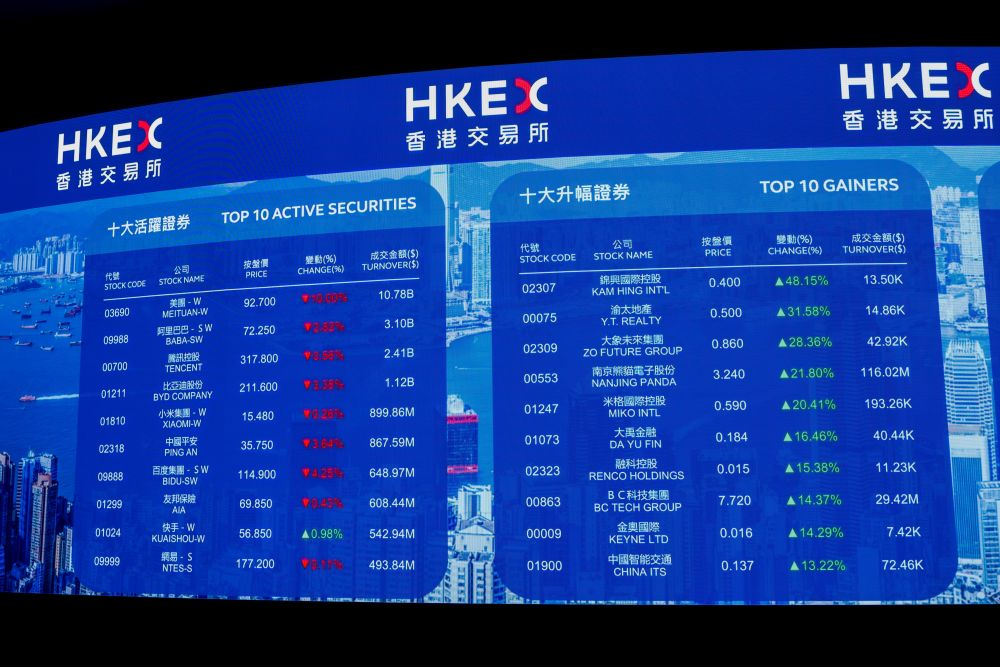YOU'D hardly know there was a public health crisis that is morphing into a potential economic bloodbath on the basis of what’s happening in the bond market. Global DCM issuance hit an all-time volume record of US$2.3 trillion in the first quarter of 2020, according to Refinitiv data. And April is going gangbusters.
From all the talk of a broken secondary credit market and investors forced to execute at prices several big numbers away from phantom prices on dealer screens amid the major panic in March, the primary credit market looks to be functioning just fine. If anything, new debt issuance is providing the secondary market with stability because it’s offering real prices to rally around.
For issuers, liquidity is the name of the game as mainly investment-grade corporates and (to a lesser extent) sovereigns, government agencies and banks jump into the market to get cash onto balance sheets. Are they paying up? Definitely. But making comparisons with the spreads issuers were paying before the Covid-19 crisis – as media and analysts continue to do – is pointless and irrelevant. That was then; this is now. The landscape has changed.
Also, let’s not forget that just a short few weeks ago, investors were moaning – and had been for months – about over-bought credit. Just as they had been moaning about over-bought equity. The constant droning about equity indices hitting new record highs or the proportion of the bond market trading at negative yields had become mind-numbingly tedious. In summary, it was a narrative about value having long since parted company with price.
The speed of the March decline was certainly dramatic, but there were a lot of people willing equity and credit markets down. Taking the S&P 500 as a proxy for equities, the index lost 34% between its February 19 record high and its March 23 low. But it gained 25% between that low and April 9. All that’s happened, based on the numbers, is we’ve lost a year of price appreciation; appreciation that many believed was unwarranted anyway.
Where we go from here is anyone’s guess; the interplay between economic data and corporate earnings on the one hand, and fiscal and monetary support on the other will be fascinating.
One thing that’s been impressive about the lively action in the primary bond market is that it’s continued as bond syndicate, sales and trading folks, investors and treasury teams at issuers have switched from all working at the office to team-tagging to all working from home. There’s a lot to be said about the benefits of having colleagues co-located and the amount of critical information, data and opinion that passes (much of it unconsciously) between people sitting next to each other or close by.
That’s gone for now, as each constituency in the deal-making continuum scatters and takes to video and instant messaging apps and other modes of communication. It’s not the same, but needs must. The market seems to have taken in its stride the upheavals of business continuity, figuring out new ways of working, ensuring regulatory and compliance elements are taken care of, that operating protocols and back and middle-office functions are running, that cyber-risk is minimized, that communication lines and access to internal systems are secure.
Talking to senior syndicate bankers the other day, I asked whether salespeople were limiting calls to top asset management clients that had the firepower to take deals down, purely to facilitate deal logistics. No, I was told; entire buy-side networks are being actively engaged in the deal-making process in a period of accelerated deal flow. Investors have in parallel figured out ways of running portfolios remotely and are being engaged in the price discovery process. Price discovery, I’m told by the way, is constructive and issuers and investors are finding accommodation, even where issuers jump in opportunistically to capture window markets.
One of the big topics of conversation that’s being aired as much of the world continues in lockdown is whether the working-from-home phenomenon will become a more permanent fixture of the professional working landscape. Before the corona crisis, I doubt that the question of taking the entire apparatus of capital markets deal-making and shifting it into a highly fragmented and atomized ecosystem was even being entertained, or would have been if anyone had brought it up.
People tell me some processes are being adapted. They also tell me none of this would have been possible five or even three years ago. This is a function of technology; at the corporate end and at the personal end (look at the growing power of Smart phones), and the emergence of cloud computing.
There’s a growing universe of firms building automation and digital tools for primary bond markets; seeking to improve specific elements of the deal-making value-chain using technology; developing software; DLT solutions, or industry-wide platforms. I’m hearing that issuers that were uncertain about technology solutions to bond issuance have gained instant interest in some of these developments.
It can take a dramatic event or sequence of events to force changes to tried-and-tested methods. We’re hardly through this crisis, but on the basis that adversity can be a powerful driver of innovation, it might just accelerate in-process improvements to the functioning of capital markets and leave the market in a much better state.








